A simple, sensitive, and noninvasive biosensor for oral cancer (OC) detection in saliva based on antibodies attached to zirconium oxide on indium tin oxide glass.
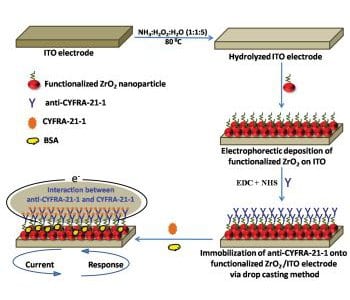

A simple, sensitive, and noninvasive biosensor for oral cancer (OC) detection in saliva based on antibodies attached to zirconium oxide on indium tin oxide glass.
Paolo Netti and co-workers have designed and characterized model tumor activated polystyrene nanoparticles (TAP-NPs) that release cytotoxic drugs.
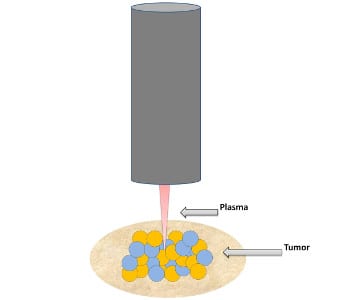
Plasma Processes and Polymers publishes the first journal special issue that focuses on the application of low temperature plasma to cancer.
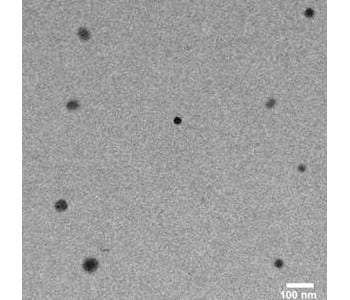
PDI-based organic nanomaterials have been successful developed and used for detection of deep human glioblastoma in mice models using photoacoustic imaging.
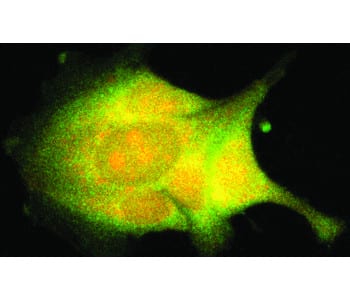
Researchers have described composite nanorods that consist of long iron segments and short gold tips and can be functionalized with biomolecules of interest.
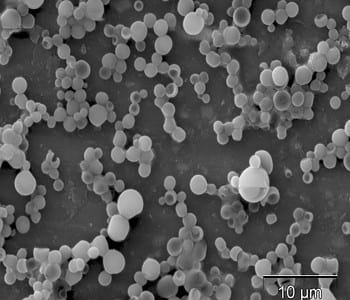
Researchers have developed a cancer imaging and therapy agent composed of PLGA microparticles encapsulating a perfluorocarbon liquid core.
Research shows that gold nanorods effectively inhibit the migratory and invasive properties of various metastatic cancer cell lines in vitro and in vivo.
Using new plasma method may reduce the unwanted side-effects of prostate cancer treatment.
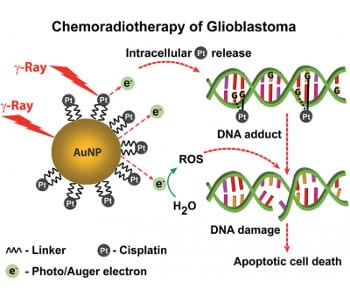
A collaboration between nano- and neuroscientists has resulted in a system that kills the most aggressive, and most common, form of adult brain cancer.
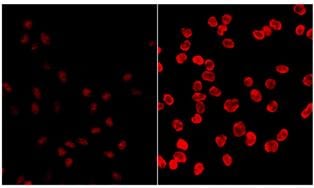
Dutch researchers have estimated the risk of squamous cell cancer induction in skin following nonlinear optical imaging.